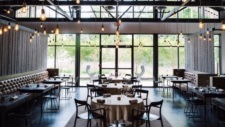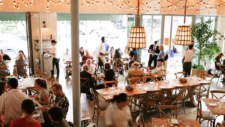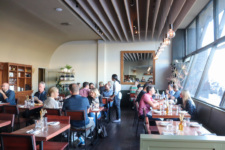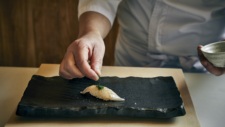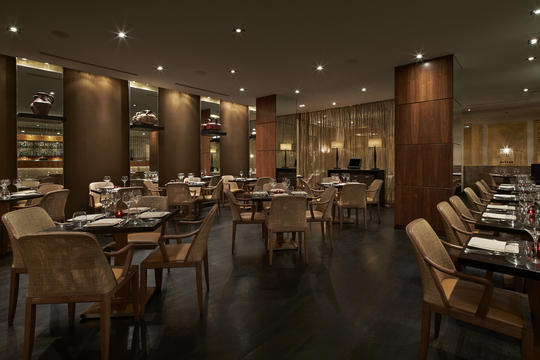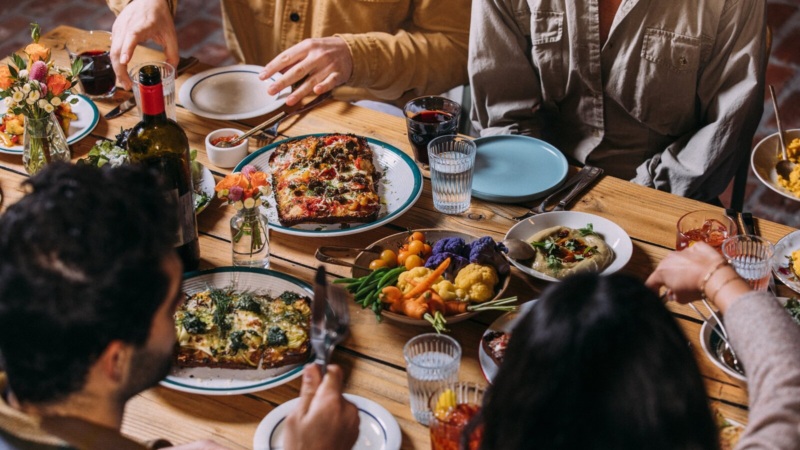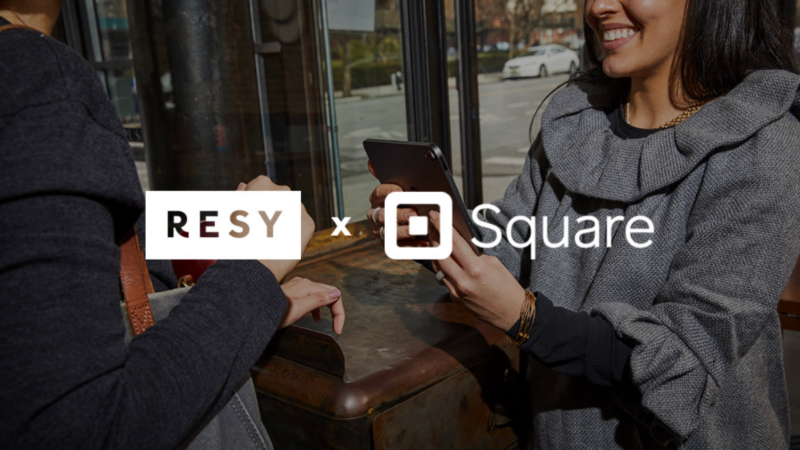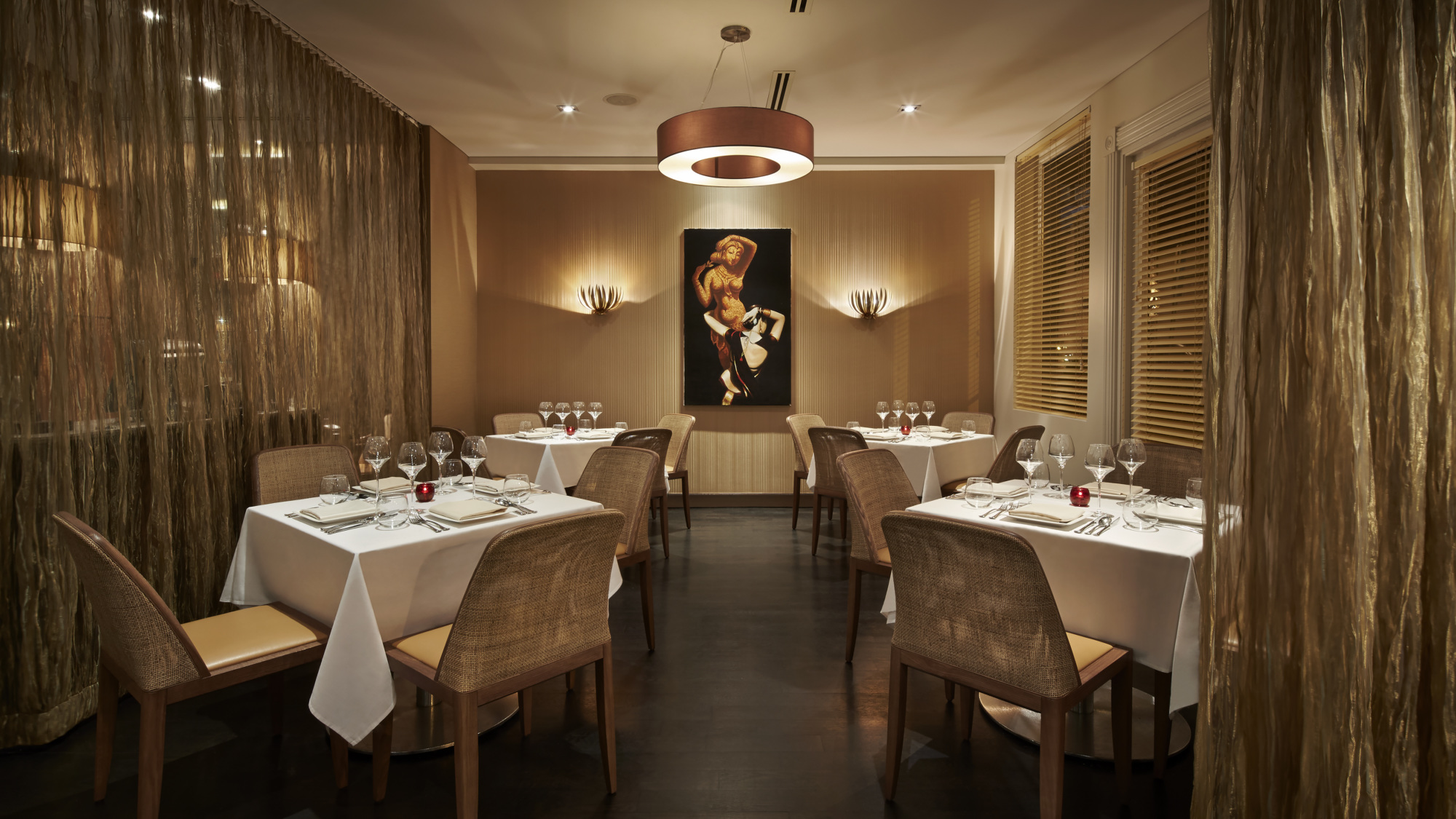
Restaurant Voices Washington D.C.
Ashok Bajaj Is Still Learning, 35 Years After Opening His First Restaurant
Resy has grown a lot in the past 10 years, and we’re celebrating by shining a light on some of the restaurateurs who grew alongside us in our earliest days. In this special series 10 Years of Resy Restaurants, six star players from across the U.S. shared what they’ve learned over the years, how their restaurants have evolved, and much more.
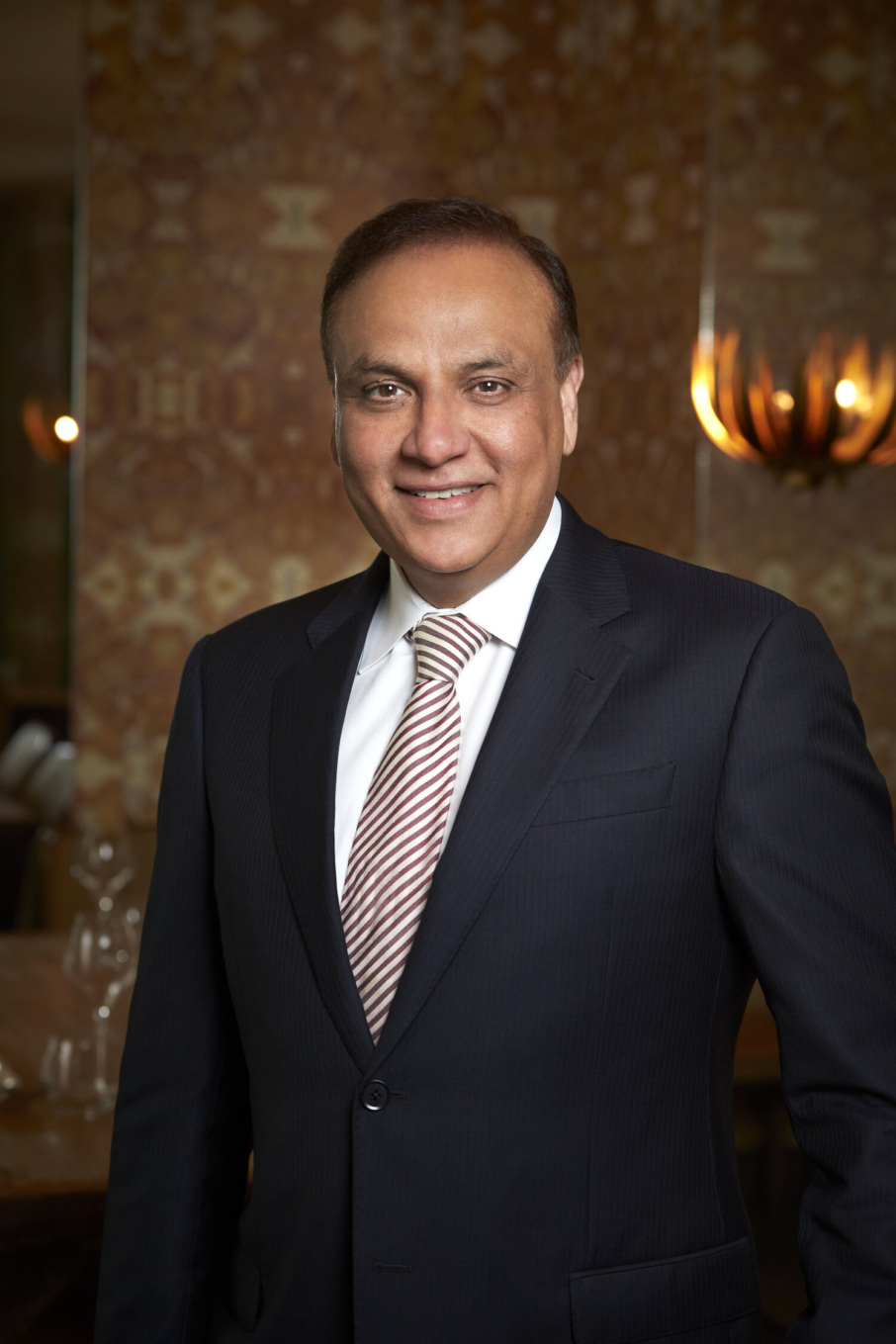
Restaurants: Rasika and others in the Knightsbridge Restaurant Group
Year Joined Resy: 2019
When I first spoke to Ashok Bajaj, he was overseeing construction on an upcoming restaurant — adding an 11th to the Knightsbridge Restaurant Group’s collection. Even after 35 years in the business, he hasn’t lost the exuberance for the work that got him where he is today.
A powerhouse in D.C., Bajaj has appeared on GQ’s list of the 50 Most Powerful People in Washington and received 12 James Beard nominations over the past decade. He has played host to countless national and international dignitaries, including a handful of U.S. presidents. Still, he continues to be curious, to be open to new ideas — and to be optimistic about change.
[Editor’s Note: The following has been edited for clarity and length.]
Resy: It seems like a daring move to have started a fine dining Indian restaurant in the center of D.C. in the late eighties. What gave you the confidence to start your restaurant group in this way?
Ashok Bajaj: You’re 100% right. There were not many fine dining Indian restaurants in the United States back then. And people didn’t understand what fine Indian food could be. Introducing Bombay Club was a great pleasure for us, but a great challenge.
Of course, things have changed. Indian food in the United States is having a moment in the last few years. People are experiencing more flavors, people are exploring different cuisines. That’s where the United States is now, but back then, it was difficult.
What brought you to Washington, D.C.?
I was living in London back then, and I wanted to make a change and move to the United States. When I came to visit, I visited several cities with Washington as my last stop. And I said, “This is the place I want to see Indian cuisine.” In close proximity to the White House, we opened my first restaurant called Bombay Club on December 10, 1988, and it still does very well.
Of course, it took years to catch on and I did not open my second Indian restaurant, Rasika, until 16 years later in 2005. By then, people were traveling to India and the internet boom came in. The young generation was pouring in to experience what’s going on, but not only with Indian food. Filipino cuisine was coming in, Korean cuisine was coming in. People were becoming more adventurous about trying cuisines other than just steak.
What do you think you did that opened people up to Indian cuisine?
We presented Indian food in a refined, sophisticated ambiance so that you could be as comfortable closing a deal at the Bombay Club as you would be in an American restaurant or steakhouse. I created a place where you feel as comfortable closing a business deal or celebrating somebody’s birthday.
I used to be very strict. This is how we’re going to do it, and this is the only way. But not everybody wants the service to be the same way. So, you evolve, you adapt, and that’s what I’ve done.
You once told the Washington Post that you have a lot to learn from young restaurateurs. Could you share some of those lessons?
They aren’t afraid to experiment. We grew up in an era where you wanted to have a big menu. They got away from that. There was this place in New York that opened in the last 10 years that only served veggie burgers. There’s a line outside every time I walk by. They said, “Why have 30 items on the menu when you could have six first courses and six main courses?”
They were experimenting with hospitality in a different way than I was used to. People were doing stuff that wasn’t done before. They’re drawing in a different clientele. Wine bars started coming in, then people were more into craft cocktails. The generation pushed that you didn’t need to be a formal restaurant. You didn’t need to go in with a jacket and tie.
How do you think you’ve managed to be so successful over the several decades that you’ve been in the business?
I didn’t get stuck in only doing Indian cuisines. I’m a restaurateur and a businessman. I did hotel management, and I know how to manage restaurants, so why stick to one cuisine? My group has French restaurants, American restaurants, Italian restaurants, an Israeli restaurant, Mediterranean restaurants. You keep traveling, you keep seeing things, and you keep implementing.
Were there things you experienced when you worked in hotels that made you say, I’m not going to do that when I run my own business?
You learn from everybody—what to do and what you don’t want to do. What I learned is to treat people with the utmost respect. Hire the best people and give them the leeway to create — every single painter has his or her own style. So, I give them a blank space and say, “Let’s create something together.” That’s the style I have.

How do you manage to maintain a brand while allowing your staff that room to create?
I’ve had the luxury and privilege to work with so many talented people over my 35 years. They all bring value. So you listen, you work with them. There’s a lady here who works for me, Sarah Paragoff, who has been with me for two years. I was on the lineup, and she’s telling the staff, “Service is rewarding.” Isn’t that a wonderful way to motivate the staff? It’s her quote, but I use it all the time.
What does that mean to you—that service is rewarding?
I’ll give you a small example. I was just walking down the street, and this guy on a bike dropped his cellphone. The guy behind him picked it up, wiped it off, and handed it over to the biker. There was an exchange. And there was a slight satisfaction in his expression on his face. For me, that is service. It makes you feel good. Somebody walks in who had a bad day and is in a bad mood. You’re able to turn that person around. We’re going to make it better for you.
What do you think it is about your approach to management that prevents negativity or toxicity from affecting your teams?
We grow and we learn. I learn from younger people, and we change with them. We see their vocabulary change, the way they approach life changed with the pandemic. I used to be very strict. This is how we’re going to do it, and this is the only way. But not everybody wants the service to be the same way. So, you evolve, you adapt, and that’s what I’ve done.
It always starts on the top. If you go to your places and be positive and lift people up—that’s what I preach to my management team. And I’m very involved day to day with my team. Whether it’s the waiters or the busboys or the dishwashers, they all play equal roles and they all contribute in a different way. So, you keep it positive. But there’s no one formula.
*Opinions and views in articles shared on Resy OS are presented for the purpose of discussion and commentary on topics of interest in the restaurant industry; they should not be viewed as substitutes for advice given by professionally engaged business consultants and advisors.
